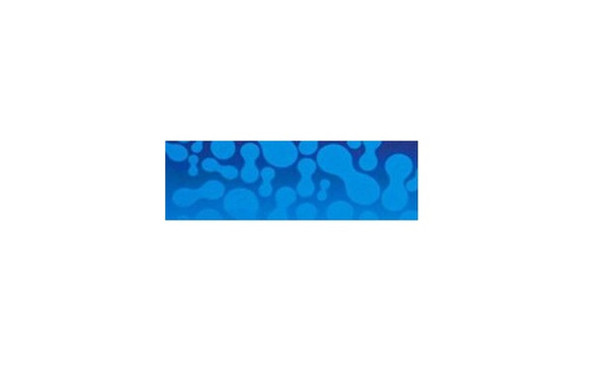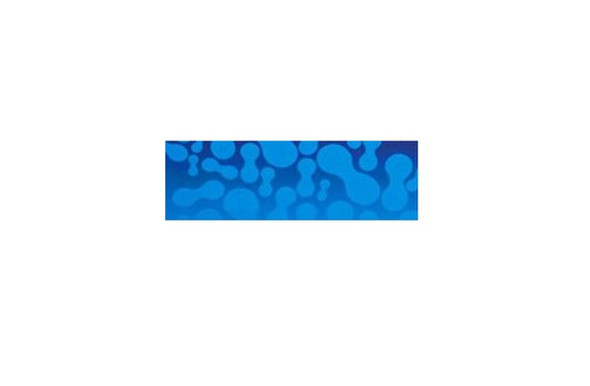Description
NOG Polyclonal Antibody | E-AB-67977 | Gentaur US, UK & Europe Disrtribition
Reactivity: Mouse, Rat
Host: Rabbit
Isotype: IgG
Application: WB
Research Area: Cancer, Developmental Biology, Stem Cells
Background: The secreted polypeptide, encoded by this gene, binds and inactivates members of the transforming growth factor-beta (TGF-beta) superfamily signaling proteins, such as bone morphogenetic protein-4 (BMP4). By diffusing through extracellular matrices more efficiently than members of the TGF-beta superfamily, this protein may have a principal role in creating morphogenic gradients. The protein appears to have pleiotropic effect, both early in development as well as in later stages. It was originally isolated from Xenopus based on its ability to restore normal dorsal-ventral body axis in embryos that had been artificially ventralized by UV treatment. The results of the mouse knockout of the ortholog suggest that it is involved in numerous developmental processes, such as neural tube fusion and joint formation. Recently, several dominant human NOG mutations in unrelated families with proximal symphalangism (SYM1) and multiple synostoses syndrome (SYNS1) were identified; both SYM1 and SYNS1 have multiple joint fusion as their principal feature, and map to the same region (17q22) as this gene. All of these mutations altered evolutionarily conserved amino acid residues. The amino acid sequence of this human gene is highly homologous to that of Xenopus, rat and mouse.
Lead Time: 7~10 days
Concentration: 1 mg/mL
Storage: Store at -20°C. Avoid freeze / thaw cycles.
Immunogen: Recombinant fusion protein of human NOG (NP_005441.1).
Buffer: PBS with 0.02% sodium azide, 50% glycerol, pH7.3
Purification: Affinity purification
Dilution: WB 1:500-1:2000
Conjugation: Unconjugated
Calculated Molecular Weight: 25 kDa
Observed Molecular Weight: 28 kDa
Clonality: N/A






